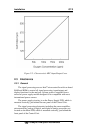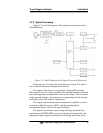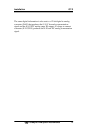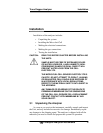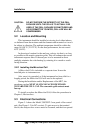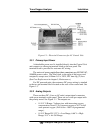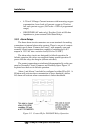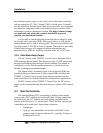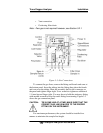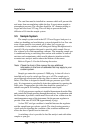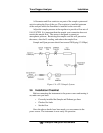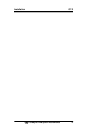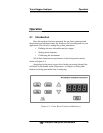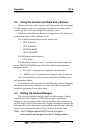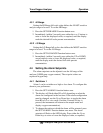
Installation OT-3
Teledyne Analytical Instruments 18
any unknown power source, or any load or device that may exceed the
safe use ratings for Cl 1 Div 2 Group C & D as listed above. It should
also be understood that that these alarm relays can not be used to operate
any inductive components such as mechanical relays or motors if this
instrument is used in a hazardous location. The higher contact ratings
are applicable only when this system is installed in a general
purpose, non-hazardous location.
It is possible to switch loads that exceed the above ratings by using
an external solid state relay (SSR). This type of relay is a fully potted
semiconductor device with no moving parts. They are non-inductive and
typically require 3-30 VDC at 5 mA to operate. These devices can safely
control loads in excess of 6 amperes in both non-hazardous and
hazardous areas. SSRs are available to handle either AC or DC loads.
3.3.5 Solid State Relay Output
The AC version of the 3300/OT-3 control unit is equipped with a
SSR output on the rear panel. This output provides 15 VDC and ground
through a 689 ohm resistor during an alarm condition. The output as
configured is set for failsafe operation however, it can be set to non-
failsafe by changing an internal jumper.
The output sends a command signal to drive external SSRs (not
provided) during an alarm event. Using external SSRs will allow the
3300/OT-3 Control Unit to operate loads which exceed the safe use
limits listed above for both non-hazardous and hazardous applications.
For DC versions of the 3300/OT-3 Control Unit, the DC service
power can be switched through the alarm relays to operate a DC external
SSR.
3.4 Gas Connections
The standard Model OT-3 incorporates a stainless steel sample
system with a PVC scrubber and nylon cell block. All gas connections
are made using the 1/8” stainless steel tube fittings provided on the
bottom of the enclosure ( ¼” on the drain). There are three separate gas
connections to be made plus a liquid drain connection:
• Sample gas
• Span gas (recommended concentration of 80-90% of the
primary range of interest, balance N
2
—typically 8-9 ppm or
80-90 ppm O
2
in N
2
)



